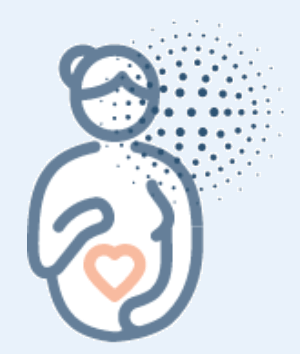Gonadal Dysgenesis Precision Panel
Gonadal Dygenesis comprises a clinical spectrum of anomalies in patients with female, ambiguous or male phenotype, absent or impaired puberty and karyotype with or without Y chromosome.


The clinical utility of this panel is:
Lipay, M. V., Bianco, B., & Verreschi, I. T. (2005). Disgenesias gonadais e tumores: aspectos genéticos e clínicos [Gonadal dysgenesis and tumors: genetic and clinical features]. Arquivos brasileiros de endocrinologia e metabologia, 49(1), 60–70. https://doi.org/10.1590/s0004-27302005000100008
Breuil, V., & Euller-Ziegler, L. (2001). Gonadal dysgenesis and bone metabolism. Joint bone spine, 68(1), 26–33. https://doi.org/10.1016/s1297-319x(00)00235-9
XY gonadal dysgenesis. (1979). Lancet (London, England), 1(8106), 27.
Breehl L, Caban O. Genetics, Gonadal Dysgenesis. [Updated 2020 Oct 3]. In: StatPearls [Internet]. Treasure Island (FL): StatPearls Publishing; 2021 Jan-. Available from: https://www.ncbi.nlm.nih.gov/books/NBK539886/
McDonough, P. G., & Byrd, J. R. (1977). Gonadal dysgenesis. Clinical obstetrics and gynecology, 20(3), 565–579. https://doi.org/10.1097/00003081-197709000-00007
Ferguson-Smith M. A. (1965). Karyotype-Phenotype Correlations In Gonadal Dysgenesis And Their Bearing On The Pathogenesis Of Malformations. Journal of medical genetics, 2(2), 142–155. https://doi.org/10.1136/jmg.2.2.142